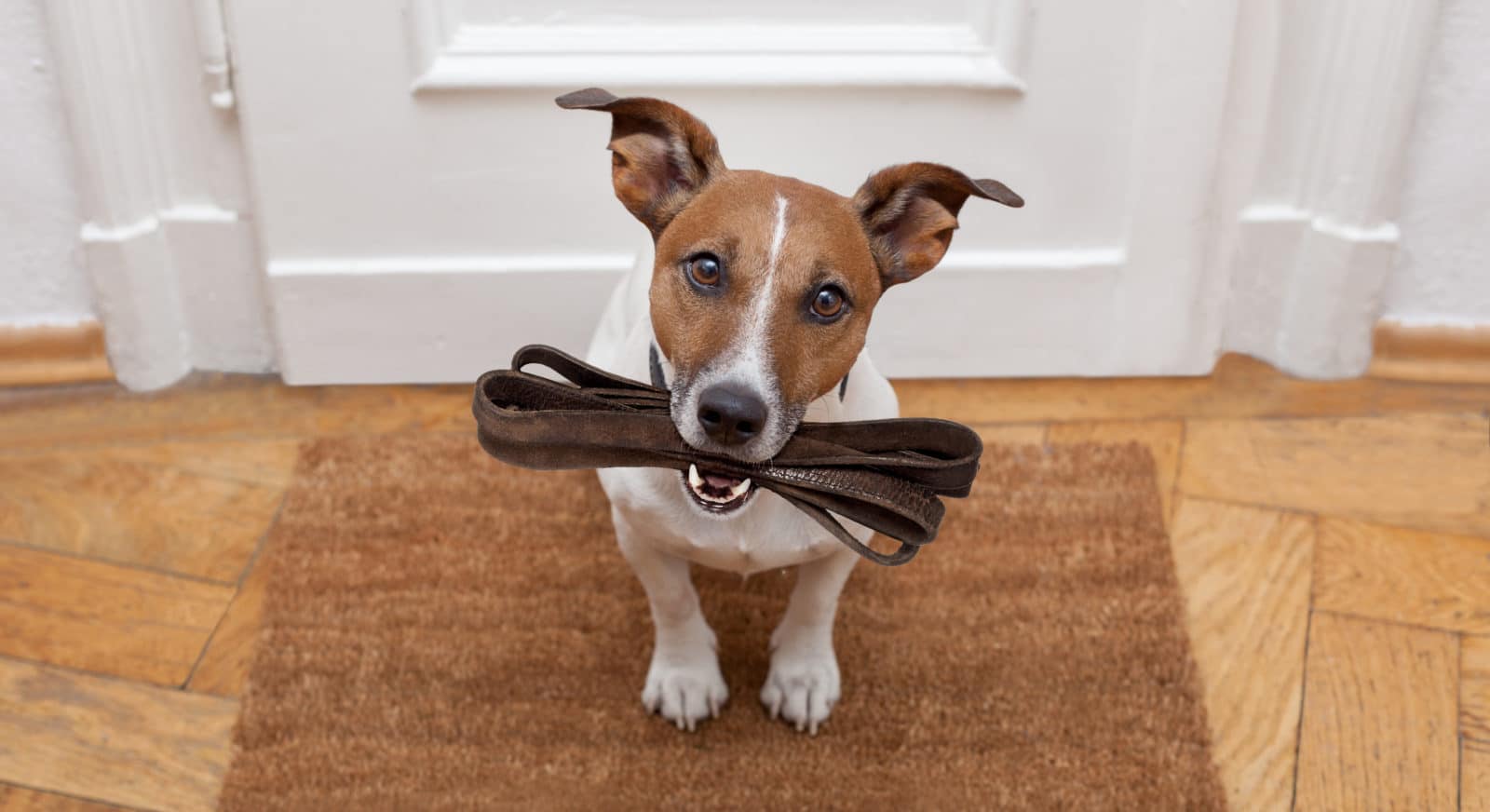Blog Developing Good Behavior in Your Puppy
Developing good behavior in your puppy and preventing bad behavior is largely a matter of Four Simple things:
Developing Good Behavior in Your Puppy – 4 Simple Steps
1. Do not reward bad behavior (even when it is “cute”): Do not encourage your puppy to do anything you don’t want him to do as an adult. This makes sense, but it is all too easy to get into bad habits because of a pup’s overwhelming charm. Here’s an example: Your puppy pounces on your sneaker as you walk past. You laugh and move your foot around as your puppy growls and shakes his head back and forth. This moment will not be fun in six months when your sixty-pound dog attempts this game with new expensive loafers or perhaps with your child’s foot.
2. Actively develop good behavior: Most of us want dogs that listen and are “well-behaved,” but what do we do to create that behavior? Try this simple exercise with big benefits: To teach your dog to accept all kinds of handling, start when he is relaxed and resting. Stroke him gently all over. Always stroke, slowly and calmly, in the direction the hair goes. Rapid, short, abrupt stroking energizes most dogs. Gently handle his paws, run your hand down his tail, look in his ears. Be calm, move slowly, and speak kindly. Mix this type of handling in with his regular petting sessions. This exercise will slowly get him used to being touched everywhere and will pay big dividends at the veterinarian, groomer and at bath time.
3. Make him say “Please” by sitting: Make him sit for all treats, meals, before exiting through or entering into open doors, to receive his favorite toys, to receive some loving and affectionate petting, etc. You want him to be so used to saying please by sitting that he does it nearly automatically.
4. Prevent the unwanted: Supervision and confinement are the keys to this step. If you leave a pup to run loose in your house when you are gone, expect him to discover the thrill of un-stuffing your pillows, defecating behind the couch and raiding the trash. Confining him in a crate or a smaller room allows him to develop a sense of space and control and give him less opportunities to learn bad habits. Then, when you are home, expand his space while you can keep an eye on him: encourage the good, discourage the bad, and you’ll be on your way to a well-behaved adult dog. A tip worth mentioning, if you are using a crate, never use it for punishment. This should be your pups safe place for sleeping, eating, relaxing and learning. If used properly, the crate can be a welcome place to spend alone time while you are not home. As he matures, you should be able to eliminate the crate and let him find his favorite place in your home to call his own.

